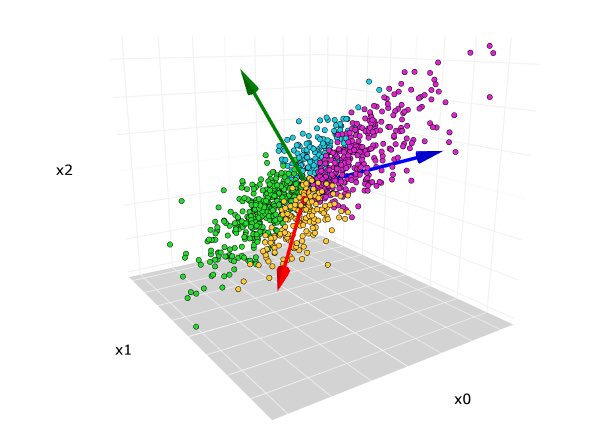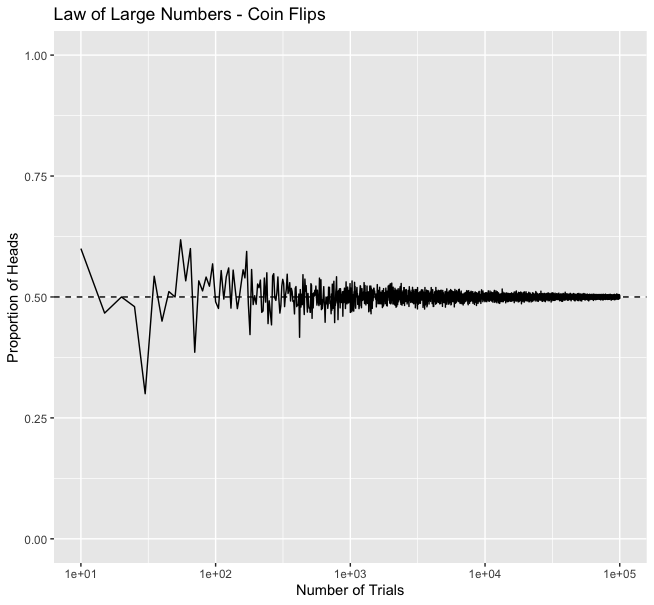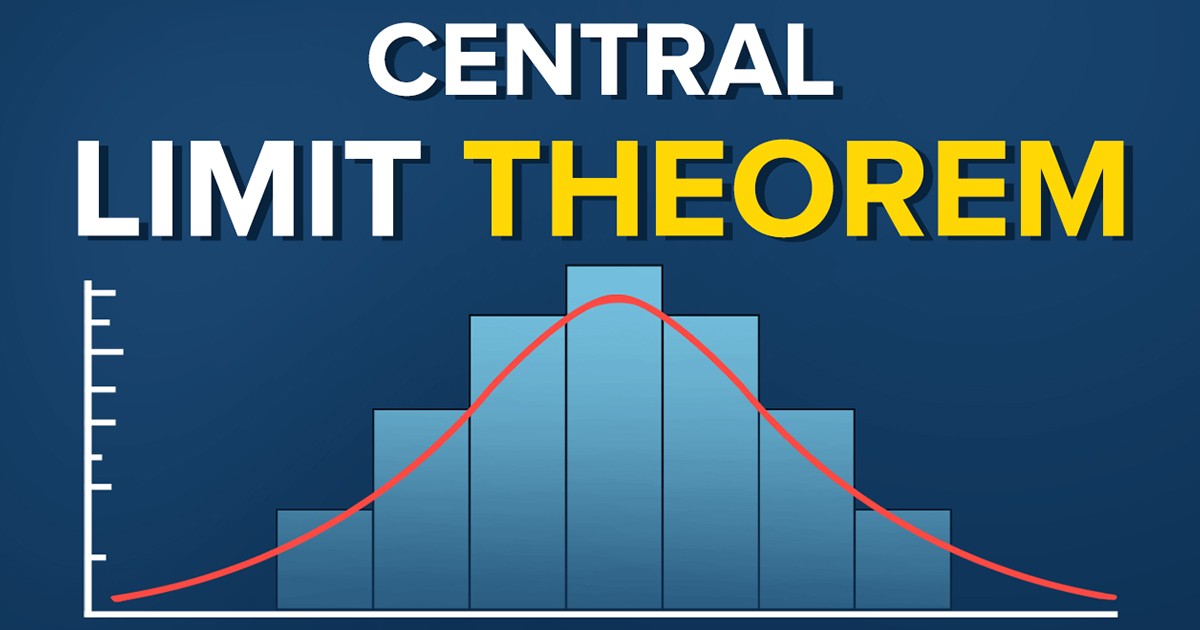1/ 🎛️ Advanced Functional Programming in R: purrr and beyond 🚀 Discover the power of functional programming techniques in R to write cleaner, more efficient code. #rstats #AdvancedR #FunctionalProgramming #DataScience 

2/ 🐾 purrr Basics: Transform your code using purrr's functional tools:
•map() functions for element-wise operations
•reduce() for cumulative operations
•pmap() for multiple input iteration
•safely() to handle errors gracefully
#rstats #datascience #AdvancedR
•map() functions for element-wise operations
•reduce() for cumulative operations
•pmap() for multiple input iteration
•safely() to handle errors gracefully
#rstats #datascience #AdvancedR
3/ 🔄 Loop Alternatives: Replace traditional loops with functional equivalents:
•map() instead of for loops
•map_dbl(), map_chr(), map_lgl(), and map_int() for type-specific output
•map2() and pmap() for iterating over multiple objects
#rstats #datascience #AdvancedR
•map() instead of for loops
•map_dbl(), map_chr(), map_lgl(), and map_int() for type-specific output
•map2() and pmap() for iterating over multiple objects
#rstats #datascience #AdvancedR
4/ 🎯 Functional Composition: Combine multiple functions into a single operation using:
•purrr::compose() to create a composite function
•magrittr::%>% (pipe) for chaining operations
•purrr::partial() to pre-specify function arguments
#rstats #datascience #AdvancedR
•purrr::compose() to create a composite function
•magrittr::%>% (pipe) for chaining operations
•purrr::partial() to pre-specify function arguments
#rstats #datascience #AdvancedR
5/ 💡 Advanced Iteration: Iterate over complex data structures with:
•map_at() and modify_at() for specific elements
•map_depth() for nested lists
•imap() to iterate with index
#rstats #datascience #AdvancedR
•map_at() and modify_at() for specific elements
•map_depth() for nested lists
•imap() to iterate with index
#rstats #datascience #AdvancedR
6/ 🚀 Performance: Speed up your functional code by:
•Using purrr's typed map() functions for efficient iteration
•Employing base R's *apply() family when possible
•Leveraging data.table for large-scale data manipulation
#rstats #datascience #AdvancedR
•Using purrr's typed map() functions for efficient iteration
•Employing base R's *apply() family when possible
•Leveraging data.table for large-scale data manipulation
#rstats #datascience #AdvancedR
7/ 🤝 Integration: Combine functional programming with other R tools like:
•dplyr for data manipulation in a functional style
•ggplot2 for creating complex, custom plots
•tidyr for reshaping data with functional principles
#rstats #datascience #AdvancedR
•dplyr for data manipulation in a functional style
•ggplot2 for creating complex, custom plots
•tidyr for reshaping data with functional principles
#rstats #datascience #AdvancedR
8/ 📚 Resources: Learn more about advanced functional programming in R with these books and articles:
•"Functional Programming in R" by Thomas Mailund
•"R for Data Science" by Hadley Wickham and Garrett Grolemund
•"purrr tutorial" by Jenny Bryan
#rstats #datascience
•"Functional Programming in R" by Thomas Mailund
•"R for Data Science" by Hadley Wickham and Garrett Grolemund
•"purrr tutorial" by Jenny Bryan
#rstats #datascience
9/ 🎉 In conclusion, mastering advanced functional programming techniques in R can help you write cleaner, more efficient, and expressive code. Keep exploring these methods to elevate your R programming skills! #rstats #AdvancedR #FunctionalProgramming #DataScience
• • •
Missing some Tweet in this thread? You can try to
force a refresh
 Read on Twitter
Read on Twitter








